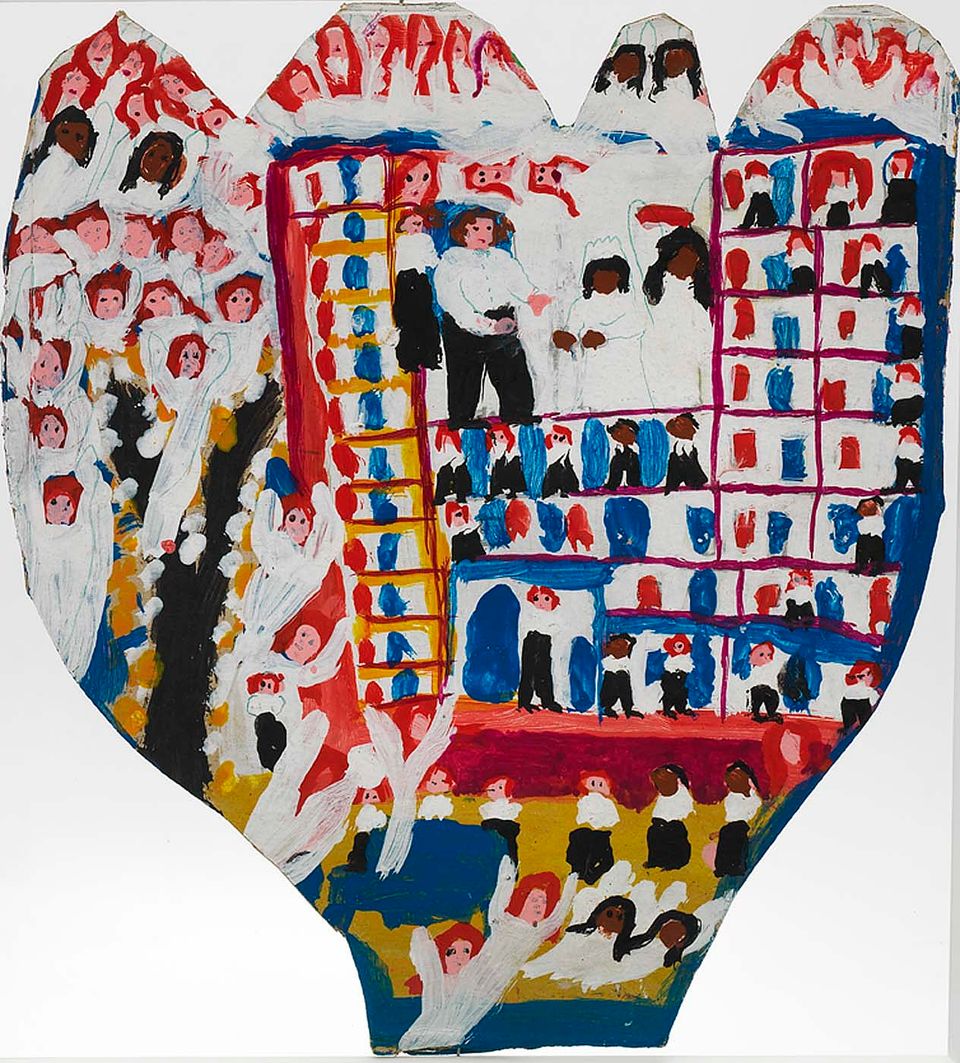Artwork Details
- Title
- Untitled (Snake Trivet)
- Artist
- Unidentified
- Date
- late 19th or early 20th century
- Location
- Not on view
- Dimensions
- 1 5⁄8 × 13 1⁄4 × 6 1⁄2 in. (4.1 × 33.7 × 16.5 cm)
- Credit Line
- The Margaret Z. Robson Collection, Gift of John E. and Douglas O. Robson
- Mediums Description
- hand-forged metal
- Classifications
- Keywords
- Animal — reptile — snake
- Object Number
- 2016.38.83
Artwork Description
From Africa to Haiti to the American South, snakes are powerful characters in belief and lore. Their imagery abounds in stories and art forms, from canes to toys to sculptures inspired by gnarled tree roots. Snakes live everywhere in rural America, but the fear these reptiles instill, particularly the venomous varieties that thrive in southern climates, has long been both real and symbolic.
For cultures the world over, a coiled snake is a sign of ill fate—peril awaiting unseen in the grass. In Africa and its diaspora, iron is a revered material that can activate spiritual power; the blacksmith, a master of transformation and supernatural power. While it is unknown whether the maker of the snake trivet was an African American, blacksmithing was a prominent trade skill for Black makers in the United States, both before Emancipation and after, and the symbolism embodied in both the material and act of shaping it suggests this possibility.
(We Are Made of Stories: Self-Taught Artists in the Robson Family Collection, 2022)














